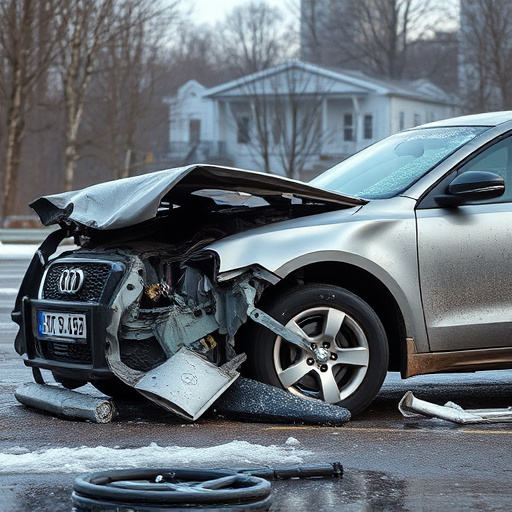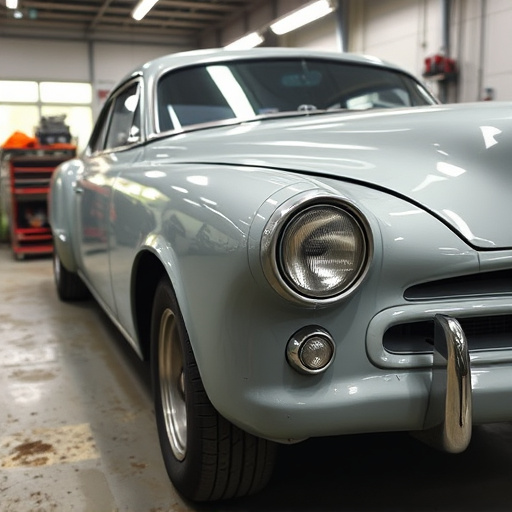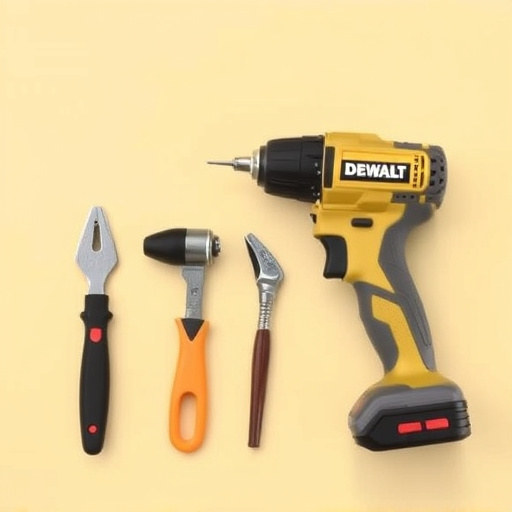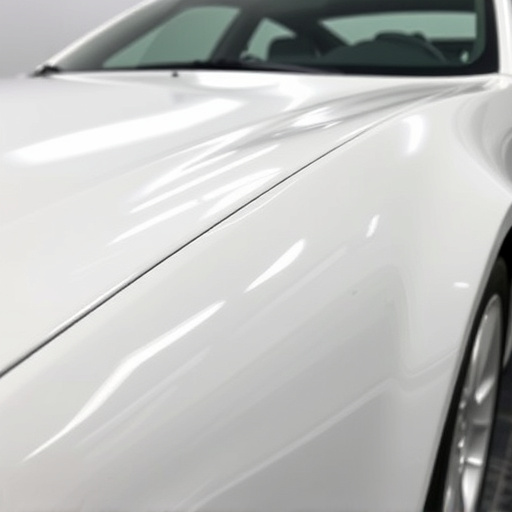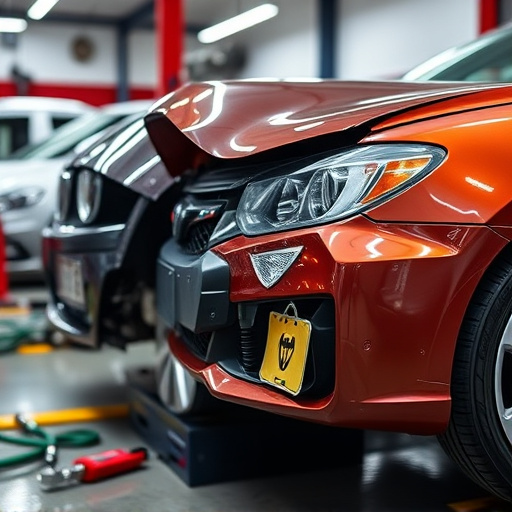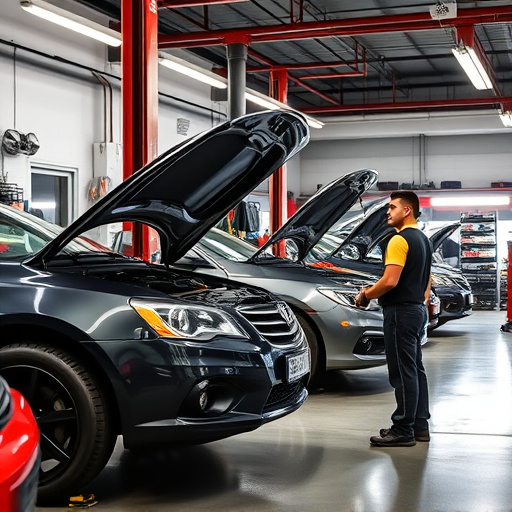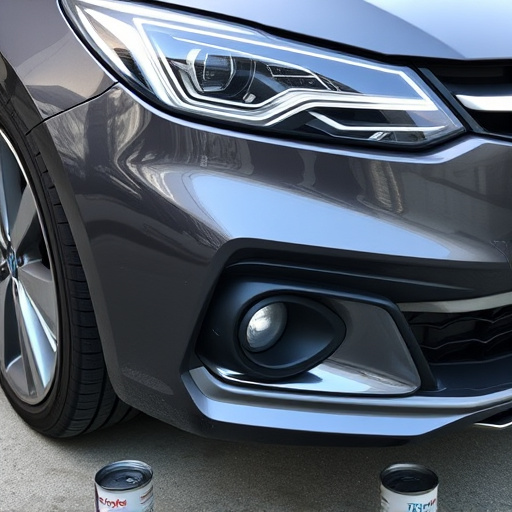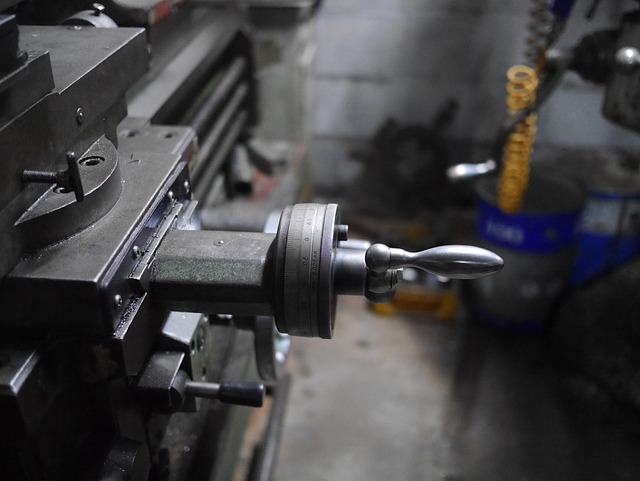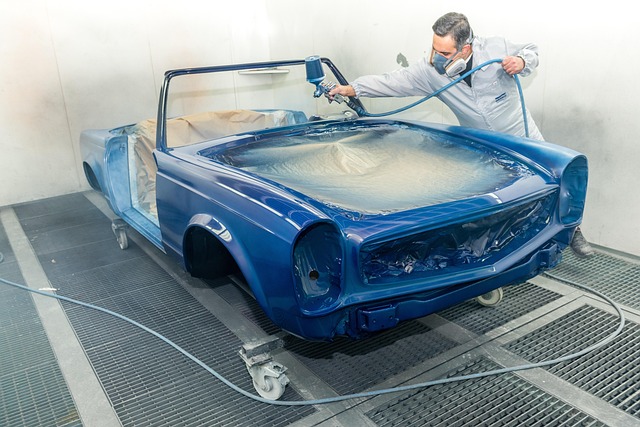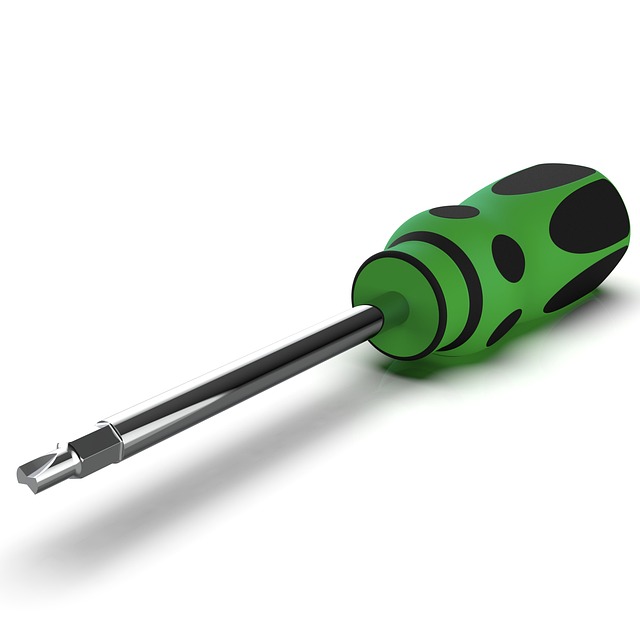Claim dispute resolution is a vital process for collision repair shops and fleet providers to ensure fairness in settlement. It involves structured steps like identifying disputes, gathering evidence, negotiating, and escalating to arbitration or litigation. Understanding common types of disputes, such as miscommunications and service quality issues in auto painting, is key. Effective strategies include active communication, clear channels for dialogue, and thorough documentation to build trust, prevent escalations, and achieve mutually agreeable outcomes.
“Unraveling the complexities of claim dispute resolution is essential for businesses and individuals alike. This comprehensive guide aims to equip you with the knowledge to navigate through various disputes effectively. From grasping the fundamentals to understanding diverse dispute types, we’ll explore strategic approaches for successful resolutions.
Learn how to manage and resolve claims efficiently, ensuring fair outcomes. Whether it’s contractual disagreements or product liability issues, this article offers valuable insights into the process of claim dispute resolution.”
- Understanding Claim Dispute Resolution Basics
- Navigating Common Types of Disputes
- Effective Strategies for Successful Resolution
Understanding Claim Dispute Resolution Basics
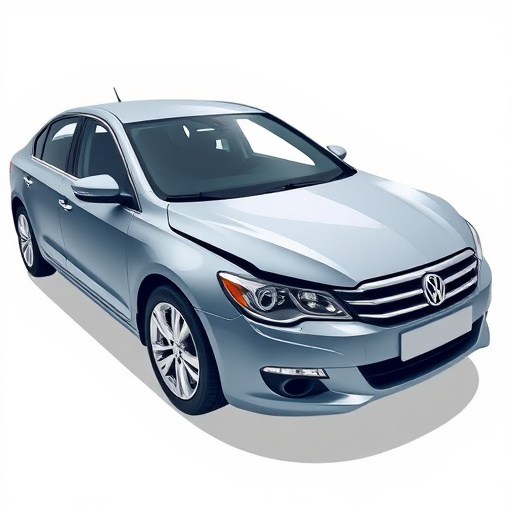
Claim dispute resolution is a critical process for businesses, especially those involved in car and fleet repair services at collision repair shops. It’s a structured approach to handle disagreements or disputes that arise from claim settlements, ensuring fairness and justice for all parties involved. The primary goal is to reach an agreement or make decisions that resolve the issue efficiently and effectively.
Understanding the fundamentals of claim dispute resolution involves familiarizing oneself with key steps like identifying the dispute, gathering relevant evidence, negotiating a settlement, and if necessary, escalating the matter to binding arbitration or litigation. For collision repair shops and fleet repair service providers, this process is vital for maintaining customer satisfaction, upholding business reputation, and ensuring financial integrity.
Navigating Common Types of Disputes
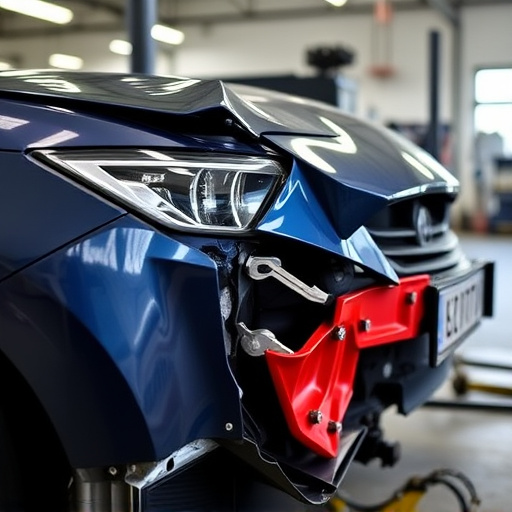
Navigating Common Types of Disputes
In the realm of claim dispute resolution, understanding the prevalent types of disputes is pivotal for both individuals and businesses involved in insurance claims or warranty issues. Common disputes often arise from miscommunications, differing interpretations of policies, or dissatisfaction with the quality of services rendered, such as those provided by fleet repair services or auto painting shops. These can include disagreements over coverage limits, liability, or the extent of damages, particularly when dealing with car paint repairs.
Effective claim dispute resolution requires clear communication channels and a structured approach to resolve these issues. Whether it’s a disagreement about the scope of work in a vehicle restoration project or a policyholder disputing an insurance company’s assessment, a systematic process ensures fairness and efficiency. By adhering to established procedures, stakeholders can avoid protracted conflicts, ultimately leading to more positive outcomes for all parties involved, including those seeking fleet repair services or auto painting repairs.
Effective Strategies for Successful Resolution
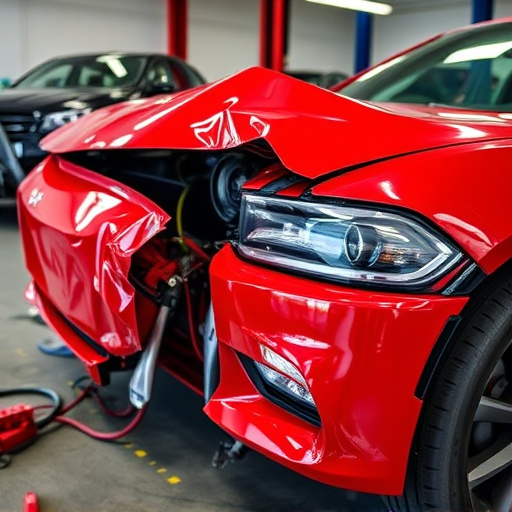
Effective strategies are pivotal for achieving successful claim dispute resolution, ensuring fairness and satisfaction for all parties involved. One key approach is active communication—open, honest dialogue between claimants and insurance providers. Transparency builds trust and facilitates a collaborative problem-solving environment. Regular meetings or phone calls allow for real-time updates, addressing concerns promptly and avoiding escalations.
Additionally, thorough documentation plays a significant role. Keeping detailed records of every interaction, repair estimate (considering autobody repairs or auto body services), and decision made helps in building a comprehensive case. For instance, when dealing with auto repair near me, it’s crucial to have all maintenance records readily available to support any claims. This ensures that the resolution process remains fair and unbiased, leading to mutually agreeable outcomes.
Claim dispute resolution is a vital process that ensures fairness and justice in various sectors. By understanding the basics, navigating different types of disputes effectively, and employing successful strategies, parties can resolve conflicts efficiently. This comprehensive guide has provided insights into these key aspects, empowering individuals and organizations to handle claim disputes with confidence and expertise.
